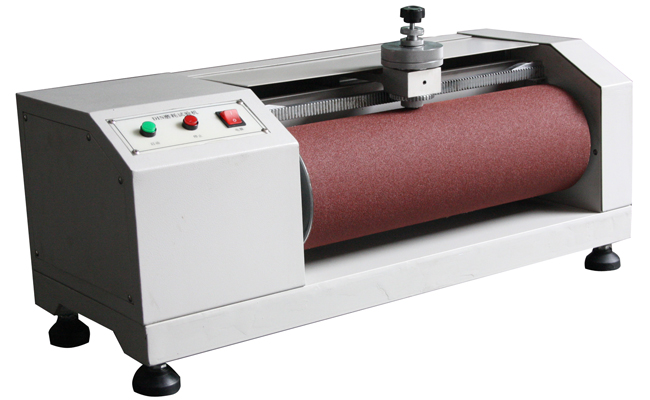- Qinsun Instruments Co., Ltd.
- Tell:+86-21-6780 0179
- Phone:+86-17740808215
- Address:No. 2578 Minhang District Gu Dai Road, Shanghai
- Contact:Mr. Li
- QQ:846490659
Selection guide for anti-static flooring

An anti-static floor, also known as a dissipative static floor or a square tube stool, is a type of floor that, when grounded or connected to any lower potential point, allows charges to dissipate, characterized by a resistance between the 5th and 9th ohms of 10. According to section 8.3.1 on page 20 of the Design Specification for Electronic Information System Room (GB50174-2008), the surface resistance or volume resistance of anti-static floors or floors should be 2.5 × 104~1.0 × 109 Ω.
Selection guide:
1. Firstly, it is necessary to accurately determine the total area (or number of pieces) of anti-static flooring required for computer room construction, as well as the quantity of various accessories (standard bracket ratio 1:3.5, standard crossbeam ratio 1:5.2), and leave a margin to avoid waste or shortage.
2. Fully understand the variety and quality of anti-static flooring produced by manufacturers, as well as various technical performance indicators. The technical performance of anti-static flooring mainly refers to its mechanical and electrical properties. The mechanical performance mainly considers its load-bearing capacity and wear resistance.
3. The load of the anti-static floor should be determined based on the weight of all heavy equipment in the computer room, which can prevent some equipment from being too heavy and causing deformation or damage to the floor.
4. The anti-static floor is less affected by external environmental conditions. There will be no significant expansion or contraction due to the high or low temperature of the external environment, which means that when the temperature in the computer room is slightly higher, the anti-static floor will expand and cannot be removed or replaced; When the temperature is low, the anti-static floor shrinks, creating a sense of looseness. The shrinkage of anti-static flooring affected by the environment should be less than 0.5mm, and the deflection of the board surface should be less than 0.25mm.
5. The surface of anti-static flooring should be non reflective, non slippery, corrosion-resistant, dust-free, non vacuuming, and easy to clean.





